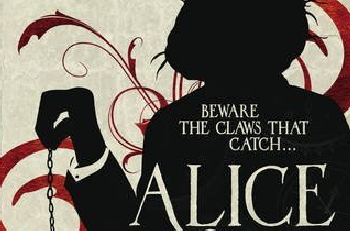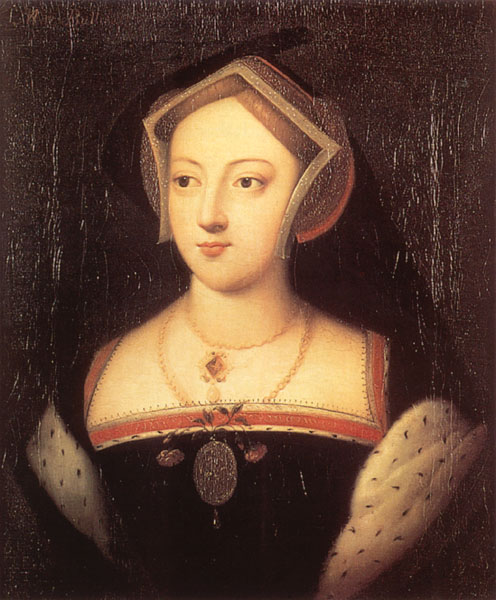During a trip to Waterstones recently, I came across a 2 part series called The Chronicles of Alice by Christina Henry; split into the books ‘Alice’ and ‘Red Queen’. I’m a huge lover of Lewis Carroll’s idea of Wonderland and have always preferred the much darker side of this universe than the one portrayed by Disney studios in their original 1951 film. I was not disappointed.
Beginning with ‘Alice’, the book introduces the protagonist. Henry’s Alice is a patient of a dire sounding mental institution in the Old City, where she was placed by her parents following her incessant mutterings of a white rabbit and a tea party. Despite being in solitude in her cell, she is not alone. We are instead introduced to Hatcher, the angry resident in the cell next door who gained his stay following his axe attack. While being a true lover of Alice and her stories, I have to agree that this initial idea made sense to me. If you knew of someone telling you about a tea party they had after following a white rabbit down a rabbit hole, wouldn’t you believe they were crazy?
Hatcher spends his time talking about a Jabberwocky; a dark force that he believes longs to be free, while being housed in the basement of their mental institution. If you’re an avid fan of Lewis Carroll, you will have realised the homage to Alice Through the Looking Glass where Carroll writes of Alice discovering the nonsense poem of the Jabberwocky. I thought the inclusion of the character was fantastic, particularly as a central feature of the book. Following a fire in the institution, Hatcher and Alice escape and fall into the dystopian landscape of the Old City; a grey and vile sounding area where overcrowding and female trafficking are commonplace. However, the fire leads to the release of the Jabberwocky, the invisible entity who causes strong, debilitating feelings of suffering wherever he goes. As a result, both Alice and Hatcher (who as a Seer, holds a mental connection to the Jabberwocky) embark on a journey across the Old City to defeat the Jabberwocky and the Rabbit; a character who becomes increasingly evil as Alice’s memories of him slowly return. No trip with Alice would be complete without an introduction to the Cheshire Cat, who is fantastically hindering in Henry’s story and really captures the dark yet playful spirit that he should have. The Caterpillar is also included, who like the Rabbit and the Jabberwocky is told as a dark entity who must be stopped in order to save both his area of the Old City, as well as those in his lair.
The first book of the series draws to a close with a slight anticlimax, as the long awaited reunion of Alice and the White Rabbit is over in just a few pages. However, the real ending comes with the defeat of the Jabberwocky and the acceptance by Alice that she is a magician and the only one who can wield the power to defeat him. Overall, ‘Alice’ is a fantastic introduction to the series and details each of the characters both before and as we come across them. My only complaint, which I must stress is extremely small, is that when we do finally come across each of these characters, their interactions with Alice and Hatcher are over far too quickly!
Nevertheless, I dove into the sequel ‘Red Queen’ without hesitation. This book continues from the original story, and follows Hatcher and Alice on their journey out of the Old City, into the luscious fields of the lands outside. However, in a true dystopian style; on arrival Alice is greeted by a far different sight. All around them are the ashes of scorched ground and the burnt remains of those freed from the Caterpillar in the last tale, who had dreamed of their freedom. Can Alice and Hatcher discover the cause of this devastation, and put the world right?
Well, of course they can as Henry writes yet another fantastic book. During what feels like another eternal journey, the characters meet magicians, giants, a mind-controlling goblin and flying ships with mysterious pilots who appear to be the cause of the trouble. However, the real gem of this book is the clouded introduction of the Red Queen; a character who actually isn’t a character at all. We first see her following Alice’s journey to the land of the evil White Queen, the being who killed her sister the Red Queen in order to claim all of the power for herself and thus throwing the world out of sync. The Red Queen appears to Alice in a tree, with a crown containing her magic and essence calling out to be worn by the protagonist and defeat the wicked White Queen. To skip over as many spoilers as I can, Alice eventually meets and kills the Queen who turns out to be a familiar face to our characters.
The ‘Red Queen’ is another story of magic, and introduces us to yet more characters from Carroll’s universe that have been delightfully rewritten by Christina Henry. Similarly to the first book, the story lies in the journey that the protagonists take as the ending takes place in just a few pages which did leave me wanting more. However, I would happily recommend these books to anyone who enjoys the darker side of Alice in Wonderland, as they are fantastically well written and thought out, with Henry really making them her own. I cannot wait to read her next re-imagining, The Lost Boy being released on the 4th July 2017.


